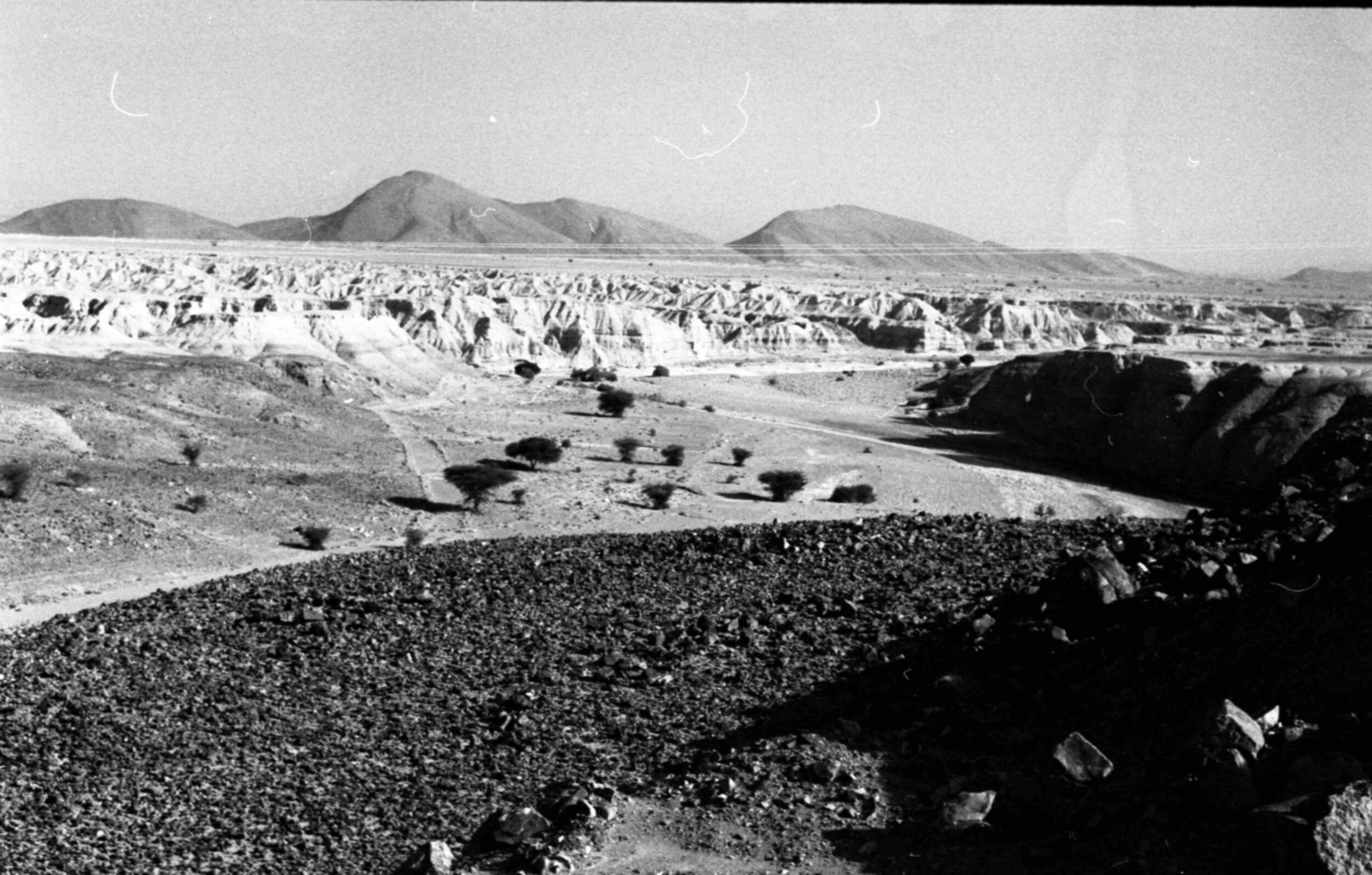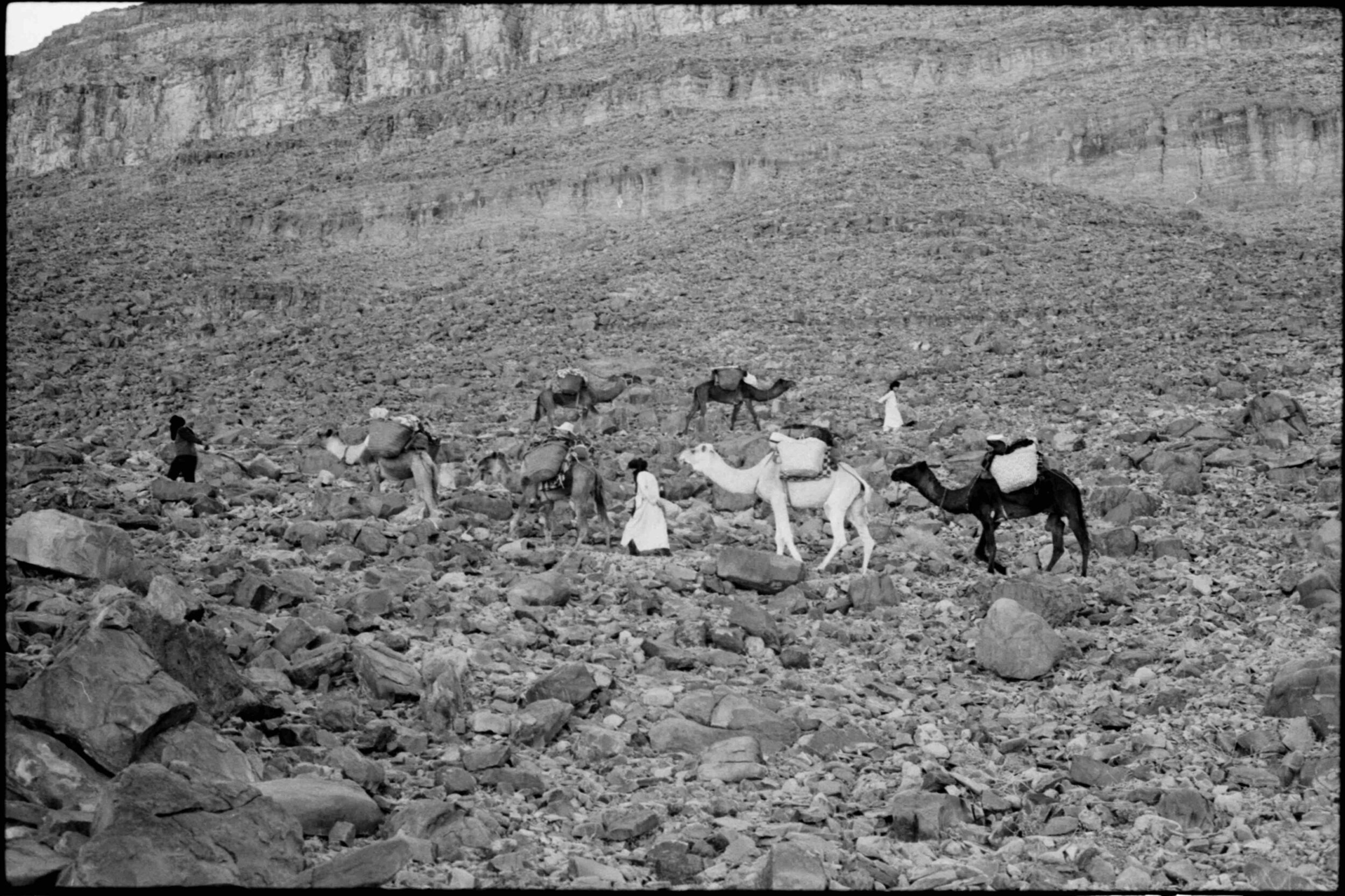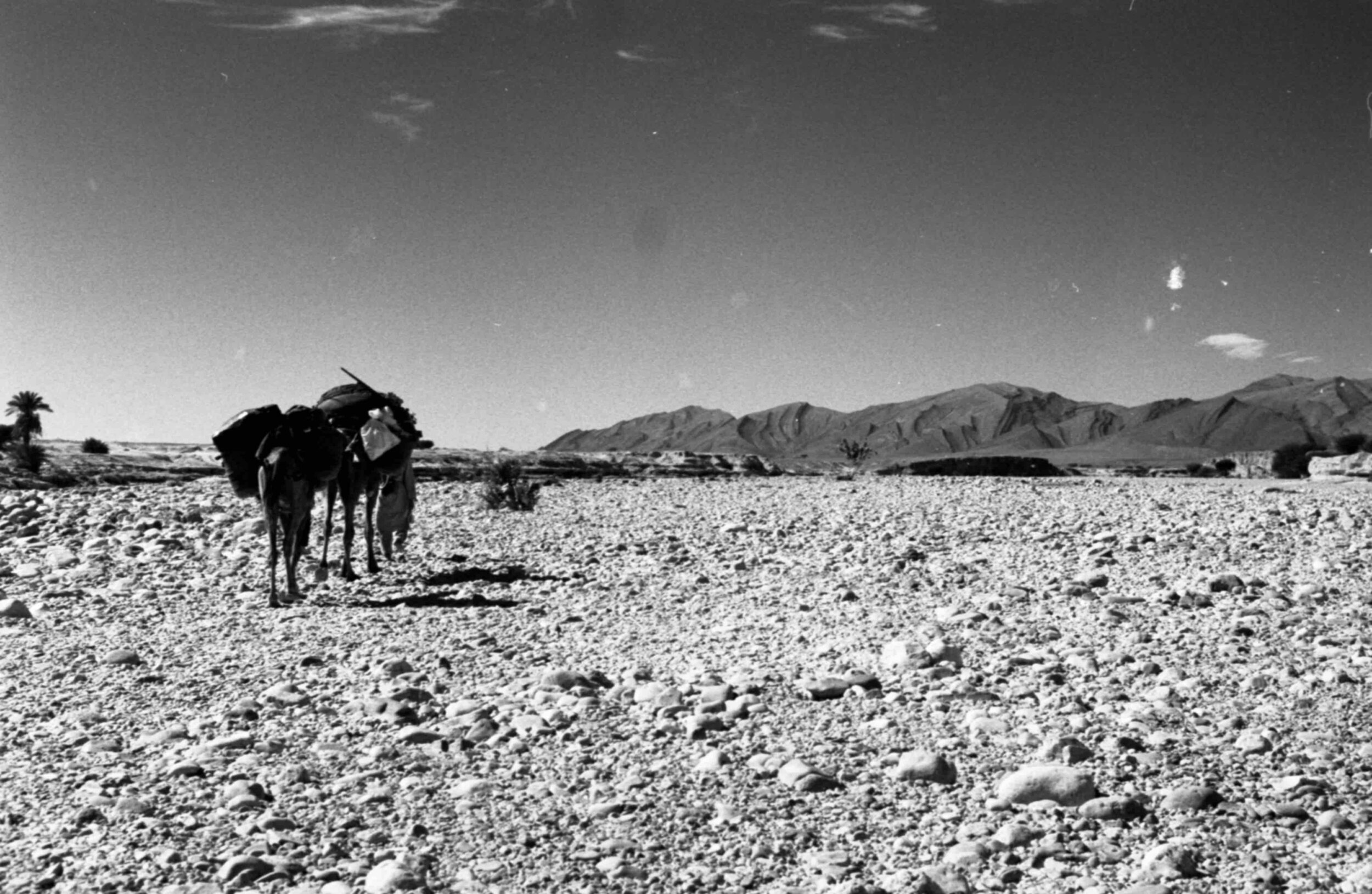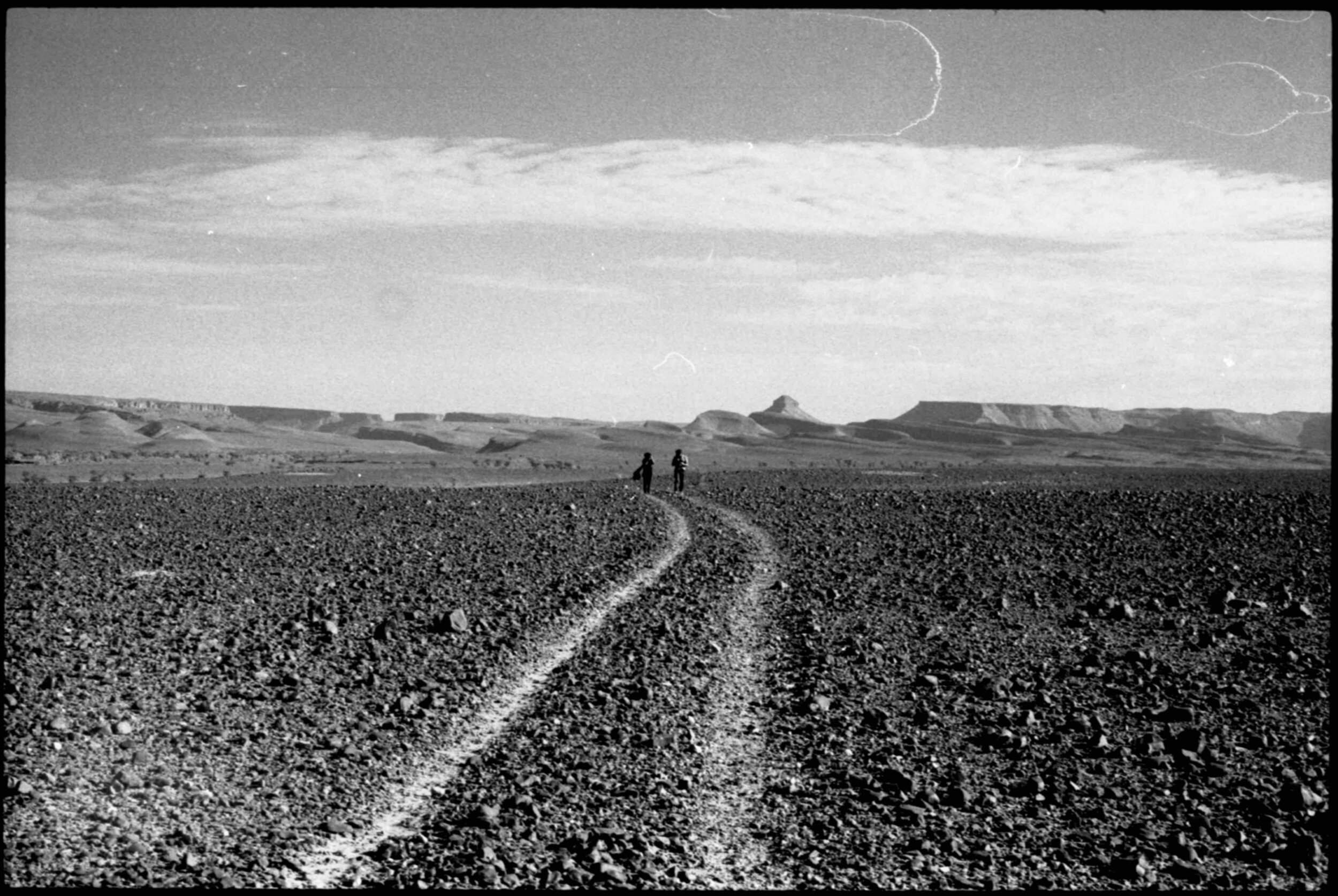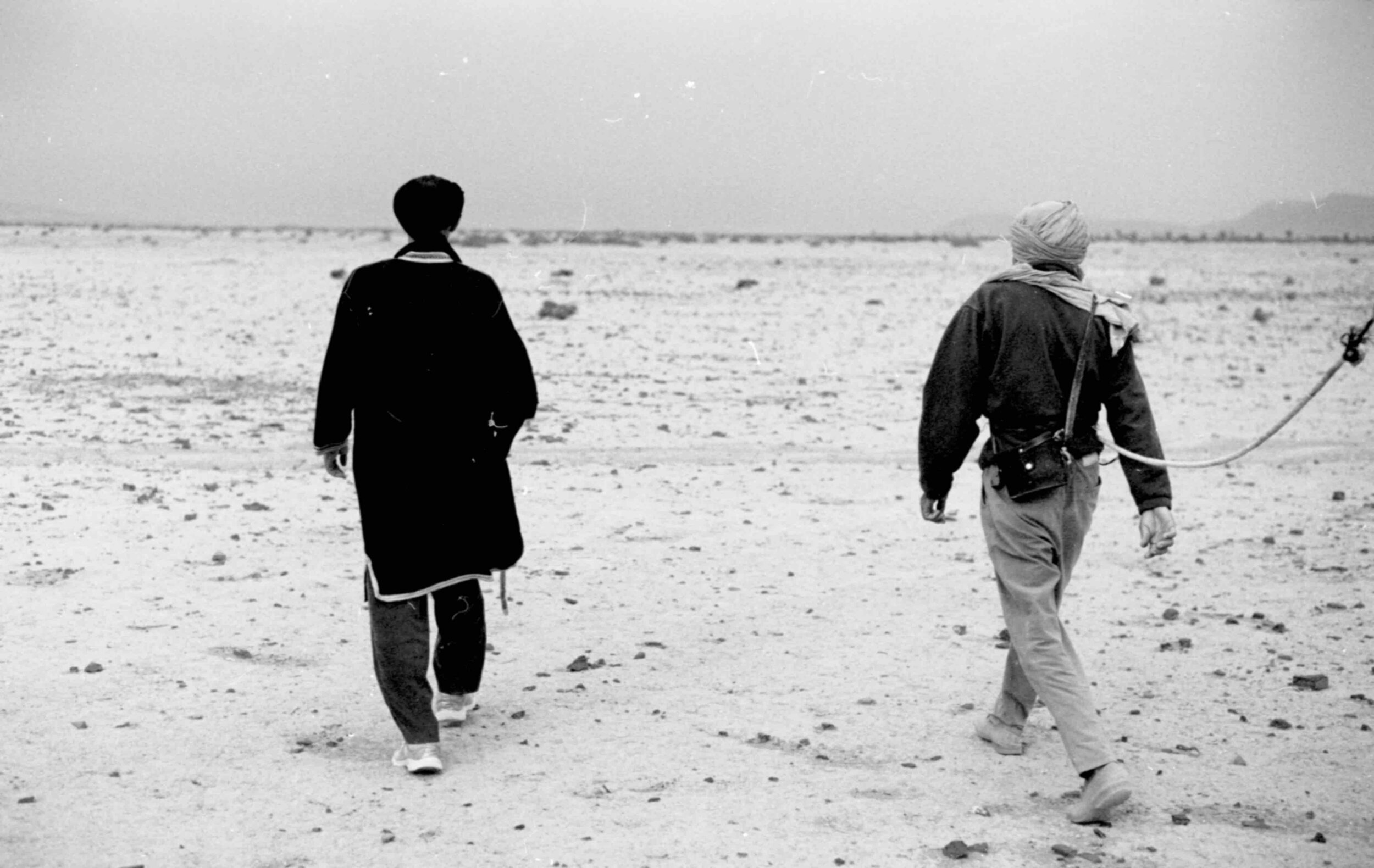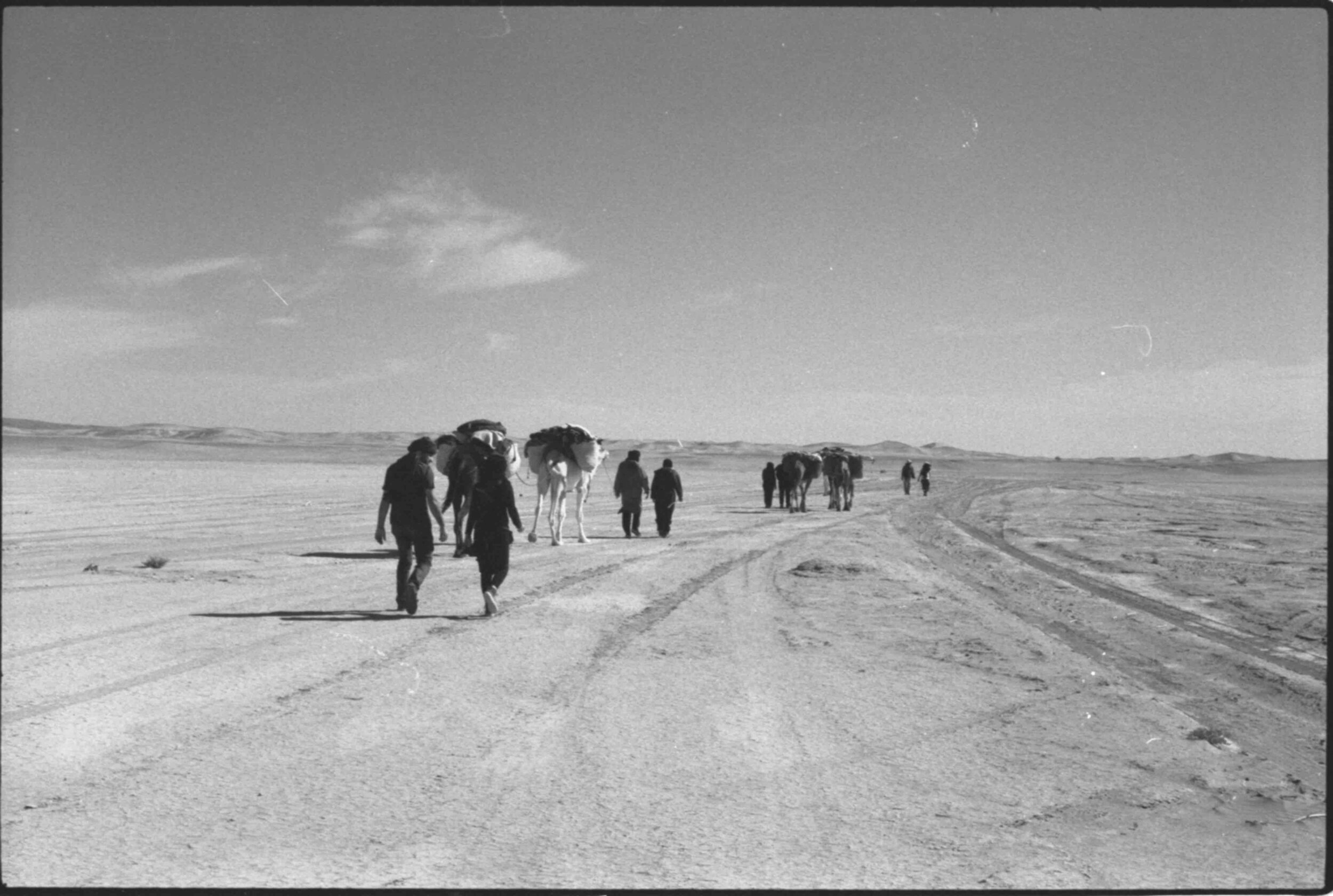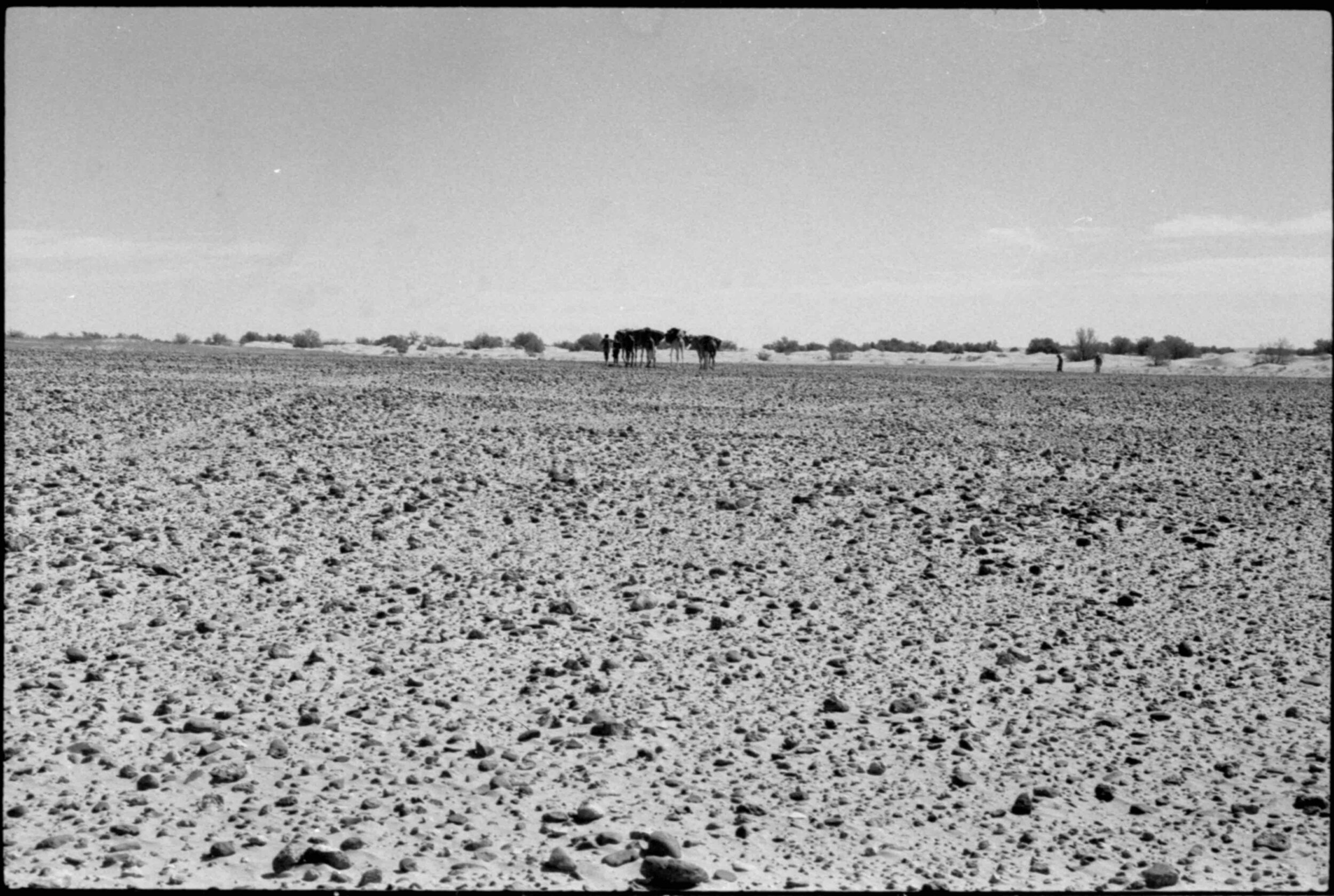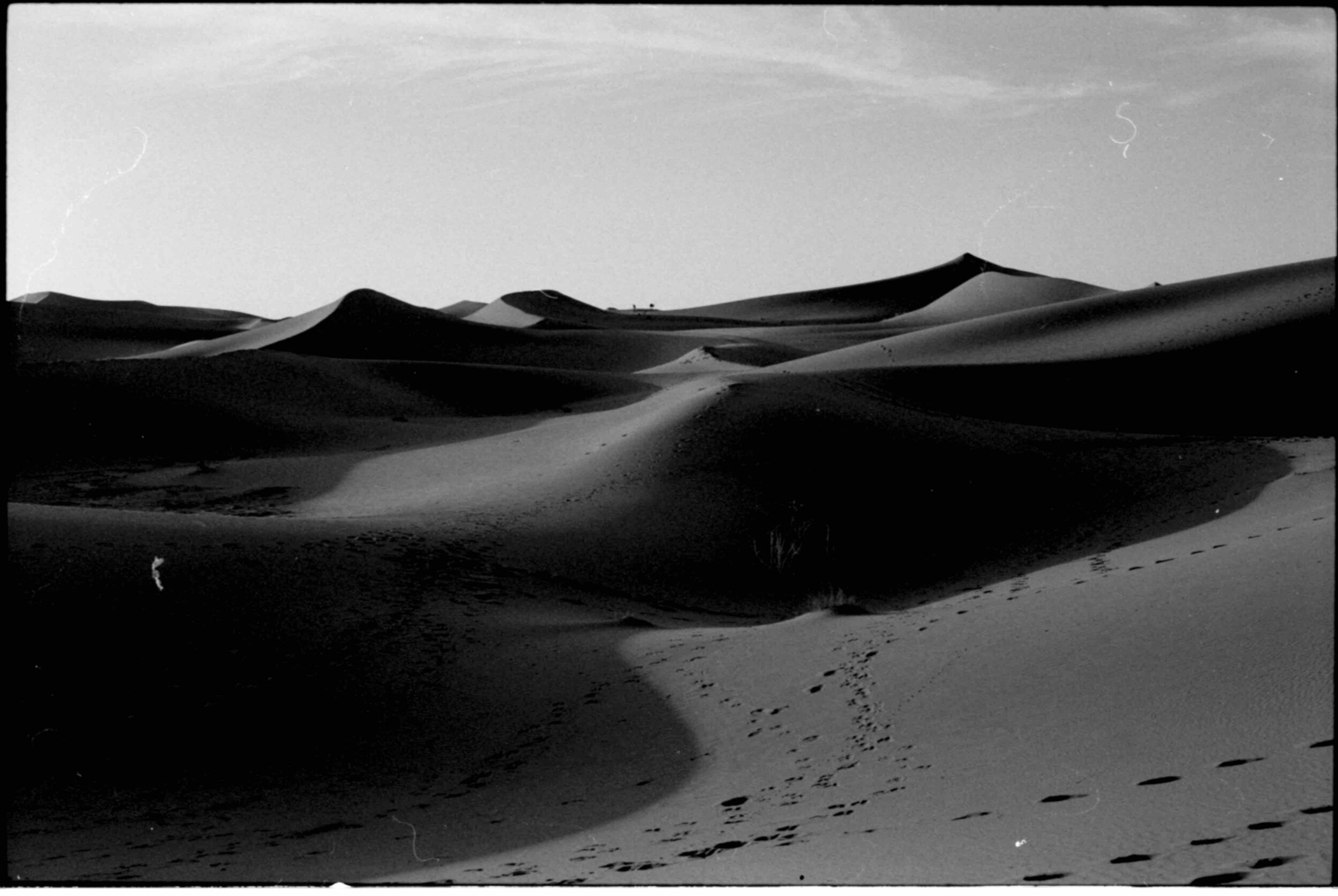Sahara desert, cinema
and the architect
Cinema is a powerful instrument to transmit images, also ideas, especially when stories take place in the desert. Morocco has been hosting numerous film shootings since the appearance of the cinema, taking advantage of the infrastructures developed in Ouarzazate, where there are four studios still working. I’m not interested in movies that use the desert as a mere set, but in those who integrate, or are based on, the nature itself and the ways of life of its people.
Before coming to the desert for the first time in 2010, I only knew it through novels and films, but even if I was marked by some aspects, I really started to appreciate those movies once I did my researches in the south of Morocco, sometimes they helped me to better understand the Sahara.
These are some of the movies, in my very personal opinion, that show the essence of the desert, in some way, and the consequences they had in my own person and in my activities as architect and cultural activist.
DUNE
The first movie I was shocked by was DUNE, directed by David Lynch, I watched it after the impact of reading the novel by Frank Herbert. I was fascinated by the fact of how people could adapt themselves to a desert planet, Arrakis, where life was supposed to be impossible, except for the natives, the FREMEN.
After 2010, I watched the film again, several times, and I found Frank Herbert knew quite well the desert because you can recognise elements like the tribes, the way nomads move and live, the ignorance of rulers concerning the way of life of people, the spirituality of tribes, the planet itself… aspects that I have been able to experience during my researches.
DUNE (TV)
After the film by David Lynch, a three episodes series for TV appeared in 2000, DUNE. Again, I watched it and for the second time and I appreciated even more the development of the plot related to the FREMEN, trying to make the comparison with the nomads of the desert.
I think the FREMEN are not fictional characters, they are real, they are sage and they live in parallel worlds.
In 2020 Denis Villeneuve will finish his own vision on Frank Herbert’s universe, DUNE, and I’m very curious about how he conceives the desert and its people on his film, from a visual point of view but also anthropologically.
THE SHELTERING SKY
Living near Tangier and Tetouan, it was a kind of obligation to watch The Sheltering Sky by Bernardo Bertolucci because the beginning of the film was shot in those cities. The rest of the film was not very interesting for me, at that moment (1991) because I did not believe those landscapes and earth architectures were real, that they could exist in Morocco, the country where the story was supposed to take place, of course in 1991 I knew nothing about the South.
In 2012, just one day after a trip to Zagora with my students from the architecture school of Tetouan, I was watching my TV and a new film started, The Sheltering Sky. I told myself: “I think there are some desert locations, let’s see if I recognise them”. At the end of the film I was so upset, by the story, by the landscapes, by the architecture; overall because I had just passed through some of those places in the Drâa valley (Zagora). The film made me want to know more about that region.

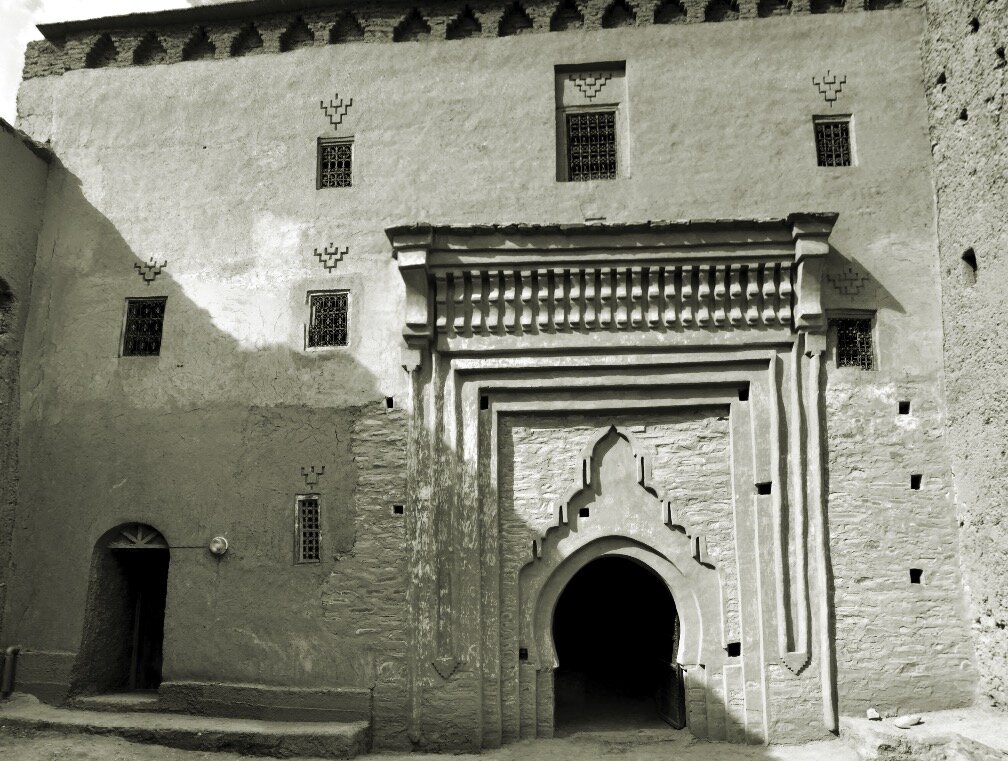

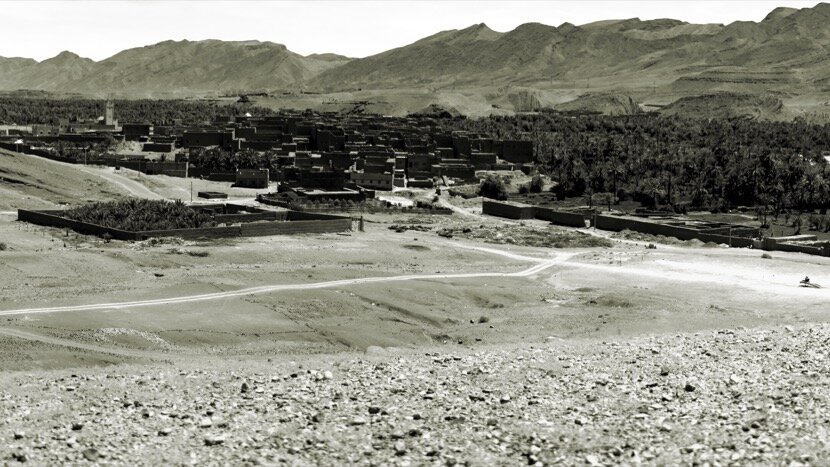








The film aroused in me curiosity about Paul Paul Bowles and when I knew his life path in Morocco, I appreciated much more the film. I was already aware watching the movie that there had been someone behind the locations of the scenes that really knew the places they shot, because he knew precisely how the sun was going to fall down on those landscapes, he knew how to moved the camera and the actors inside un ksar... However, it was more impressive the traditional music (and dance) they showed, mixing Guedra with Ahawach in one scene. This knowledge of traditions was acquired by Paul Bowles thanks to the research he did during the 50s all over the country, recording the sounds of traditional musics and creating an amazing sound archive that it is accessible online thanks to the Tangier American Legation and ARCHNET.
In 2015 I started to work on an architectural guide plan in the Drâa valley and among the information provided by CERKAS, there was the dance each tribe still does in every ksar, kasbah and zawiya. According to Mohamed Boussalh, director of CERKAS, sometimes the dance is the only way to know the historical location of nomad tribes, and also a tool for the transmission of their cultures.
Besides the importance of dance as historical information, when I started to watch the tribes performing (I compiled them here), I was impressed by the contemporaneity of rhythms and movements and I told my self that I could propose contemporary dancers and choreographers to come to the South and to work on traditional dances as a start point for contemporary creations. In 2016, Meryem Jazouli came for the first time to the oasis of Tighmert, in the framework of Caravane Tighmert, where she started her researches on Guedra, that some months later became FOLKAH. Then there were other dancers that came to Caravane Tighmert with the same purpose, Amar Al-Bojrad, Lucia Citterio, Cie Hna-Ya…
Coming back to the sound recorders made by Paul Bowles, Swiss artist, Gilles Aubry, they were the starting point for his PhD, and they brought him to Tighmert, where he wanted to record women daily life, which was a part of his project Sonic intimacy, attunement and new aurealities, and the performance he did with Dutch artist Heidi Vogels, working with a group of women and the oasis environment, during Caravane Tighmert.
In September 2018, I was invited by Moroccan curator, Nouha Ben Yebdri to participate in a workshop led by French artist Jean-Paul Thibeau, MÉTA-SKHOLÉ LIBRE 2018, in which there was an activity in the American Legation where we had to chose one of the characters represented at the Legation permanent exhibition, and to establish a contact with him/her, through a drawing, a video, a picture… For me it was very clair who the character was and also what I was going to do, to thank him for all his knowledge on Morocco, shared on his books and recordings, and to update him on everything his work has triggered on contemporary artists.
INTERSTELLAR
In 2014, it was Interstellar, a film by Christopher Nolan, with no desert presence, at least the way we understand the desert, with sand and/or stones. The story about the research of a habitable planet made me think about the space you can aware of when you sleep under the starts in the desert, especially when there is no mountains or dunes nearby.
It was more impressive the perception of this film when I did Qafila Oula in 2016, walking 300 km from Tissardmine to M’hamid with a nomad and two camels, crossing landscapes as if they were different planets, sometimes 5 per day; dunes, brown rocks, white stones over sand, green gravier, black stones, grey stones… I came to think that I was not playing a role in a movie but living the sequel of Interstellar.

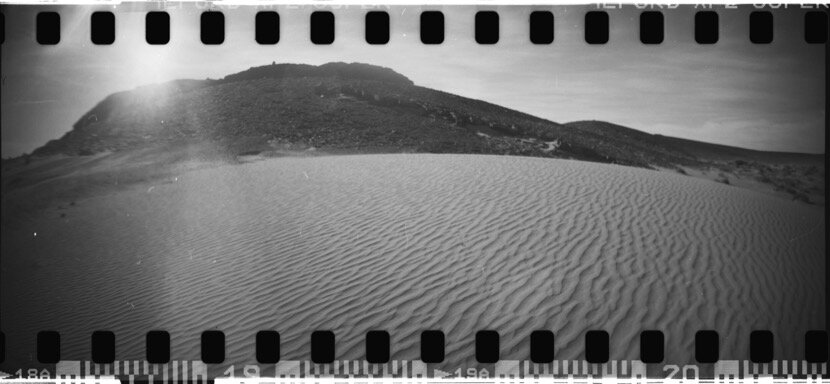
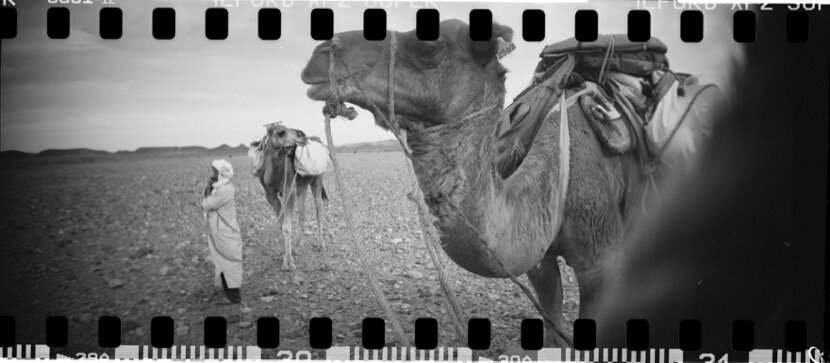
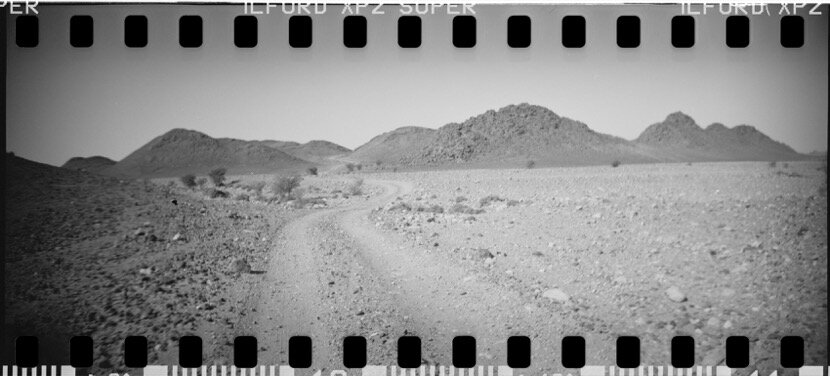
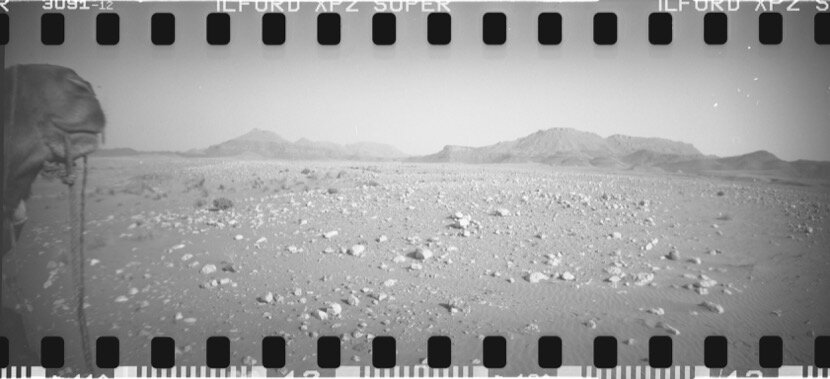
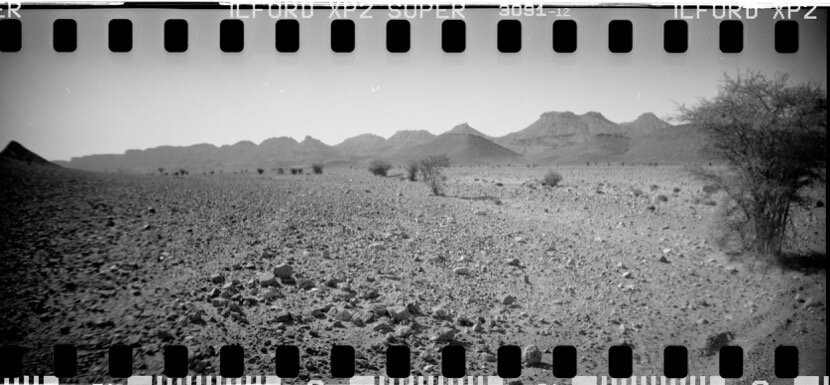
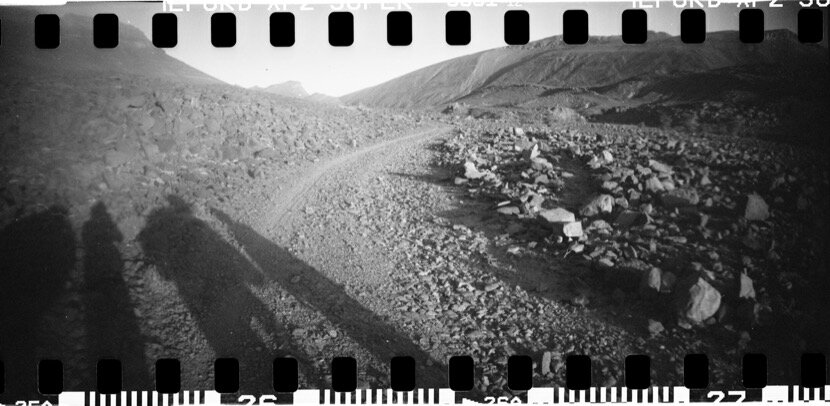
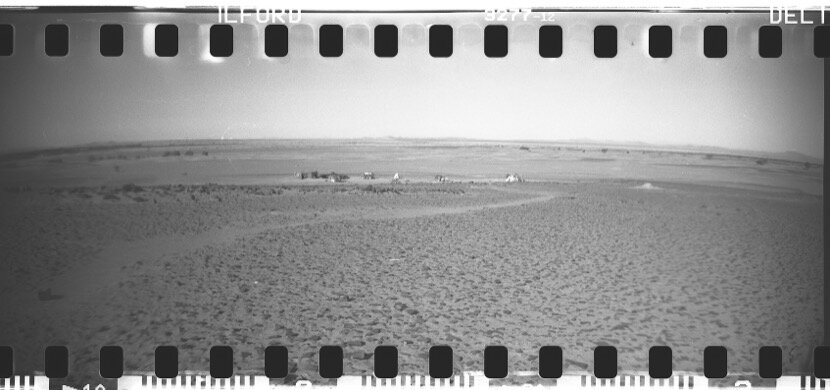

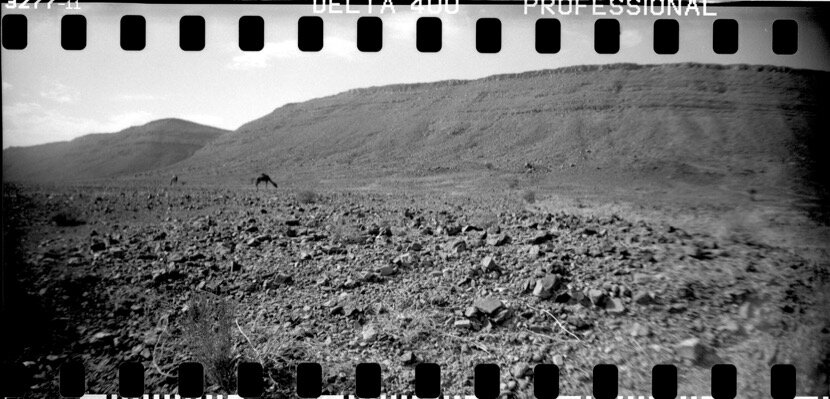
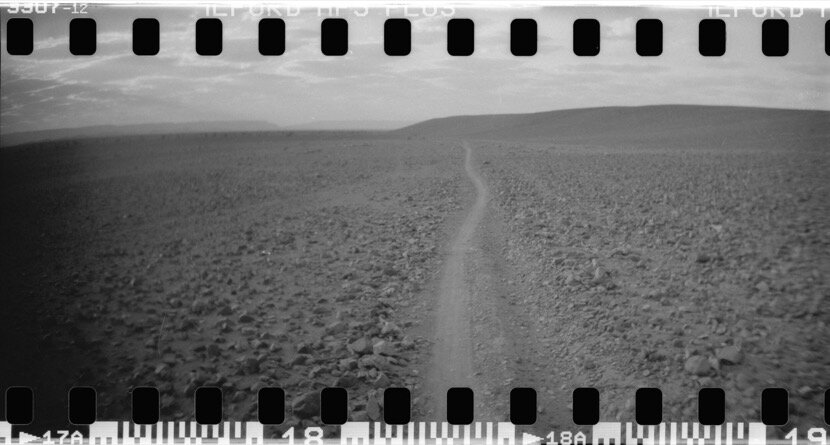
From now on, every caravan I do is like an interplanetary travel, visiting planets that are interconnected through a succession of multidimensional spaces, which would correspond with the divers dimensions of a desert that I have already experimented during my researches.
Now, every time I sleep in the desert, I imagine one different landscape per planet and I dream one day to travel through the universe like they do in Interstellar.
LES BALISEURS DU DÉSERT
Searching on Internet some movies treating culture in desert regions, I found “Wanderers of the desert” by Nacer Khemir. I was attracted to the architecture of the oasis of Tozeur in Tunisia, that was connected to Morocco thanks to caravans, but I was also intrigued by the title, in French, Les baliseurs du désert, which means those who beacon the desert. Is it possible to beacon the desert, especially sand dunes that move with the wind?
Some years later, I started a research where I followed the movements of a sand dune. Every time I came to Tissardmine, I marked the shape but most of the time the stone disappeared, buried by the sand, the next time I came. I always remember this film and I asked myself, how could I beacon the dunes…? I even had meetings in Madrid with a university that could be interested on monitoring dunes, with beacons that were supposed to move within the dune, but we never developed that idea, however, I always keep in mind the way nomads navigate in their territories, using their own references, their own beacons, on the ground and on the sky.
That film also taught me that the problem of emigration is very common in the oases in Tunisia and it is always because of beliefs, a belief in a better life far from the desert, which of course it is not always true.
Moreover, it was not the first time a complex question “hit” me, the possibility of beaconing the dune regions. My first time in Tighmert, I visited a museum called LE MUSÉE DE LA MÉMOIRE NOMADE, the museum of the nomad memory or, was it the museum of the memory nomad? I think a lot about this idea of having a memory that can be nomad… It would be nomad in a space or in a time context?
MIMOSAS
When Oliver Laxe was working on his second film, MIMOSAS, he asked me for some ksour where he could film in, he was searching places like the ones used by Pier Paolo Pasolini in Edipo Re. I was so sorry because I couldn’t help him. As an architect, I had only visited and worked on fews ksour, Tinejdad, Beni Zoli, Amezrou… but I knew nothing about the others in the Drâa valley or near Ouarzazate, and of course I knew nothing about the ksour where Pasolini shot his film.
Probably that ignorance and why not, the shame for the lack of knowledge on a subject of my own field, was an encouragement (another one) to study deeply the architecture of the Drâa valley, which I did as a research that led to an Architectural Guide Plan of the Drâa Valley.
I do not know if it was predestined, but I started to work on the architectural guide the last shooting day of MIMOSAS. Oliver had told me to come to visit him during the shooting, but I thought I was going to be a hindrance, then he insisted and I accepted to come just the last day, which was a complete privilege.
Another coincidence, the place Oliver chose for this last day, was one used by Pasolini, in the surroundings of TAMEDAKHT (there were others I discovered later: AFRA OULAD AS-SOLTANE, TOUGHZA IGHRM…).
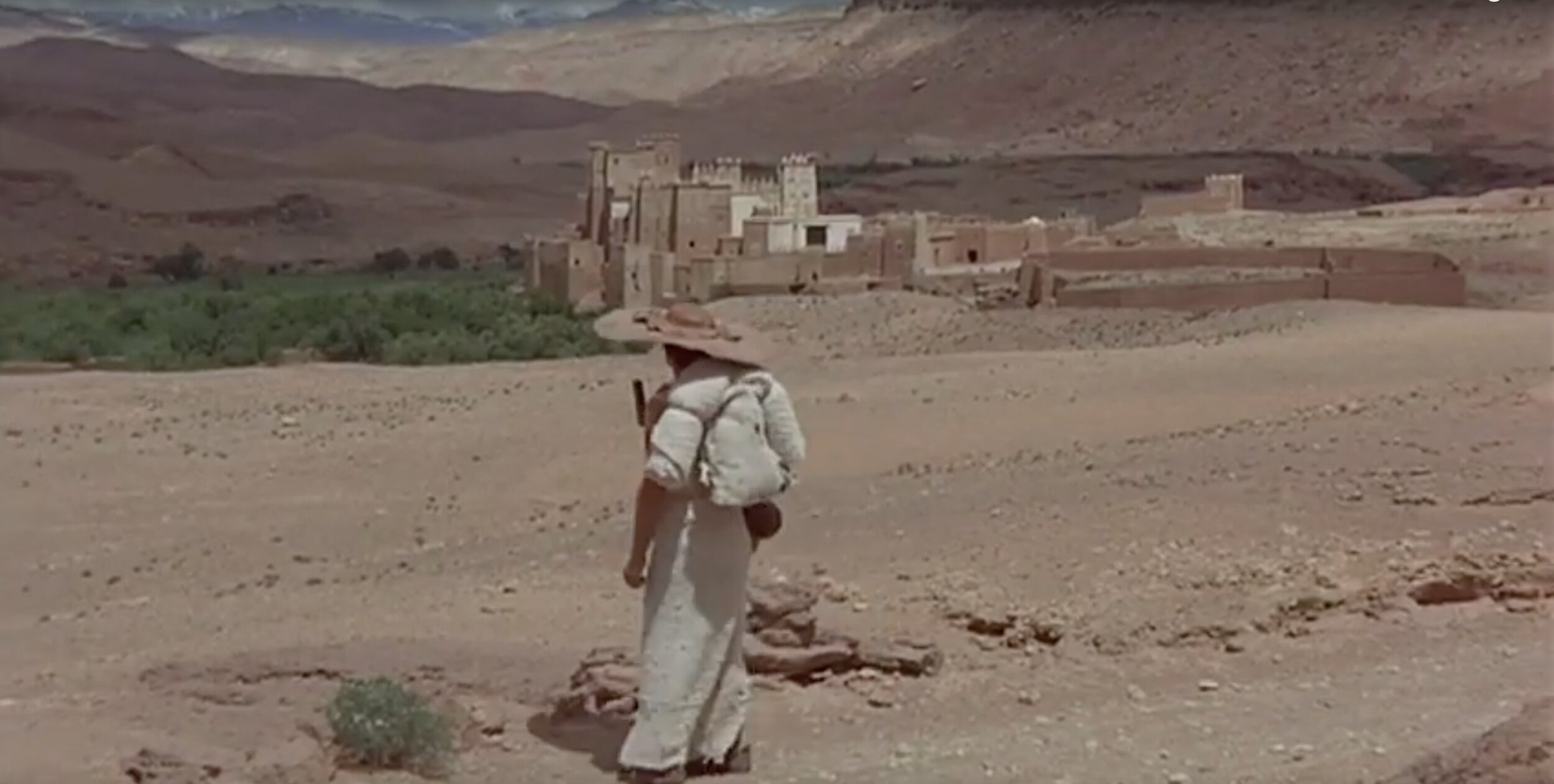

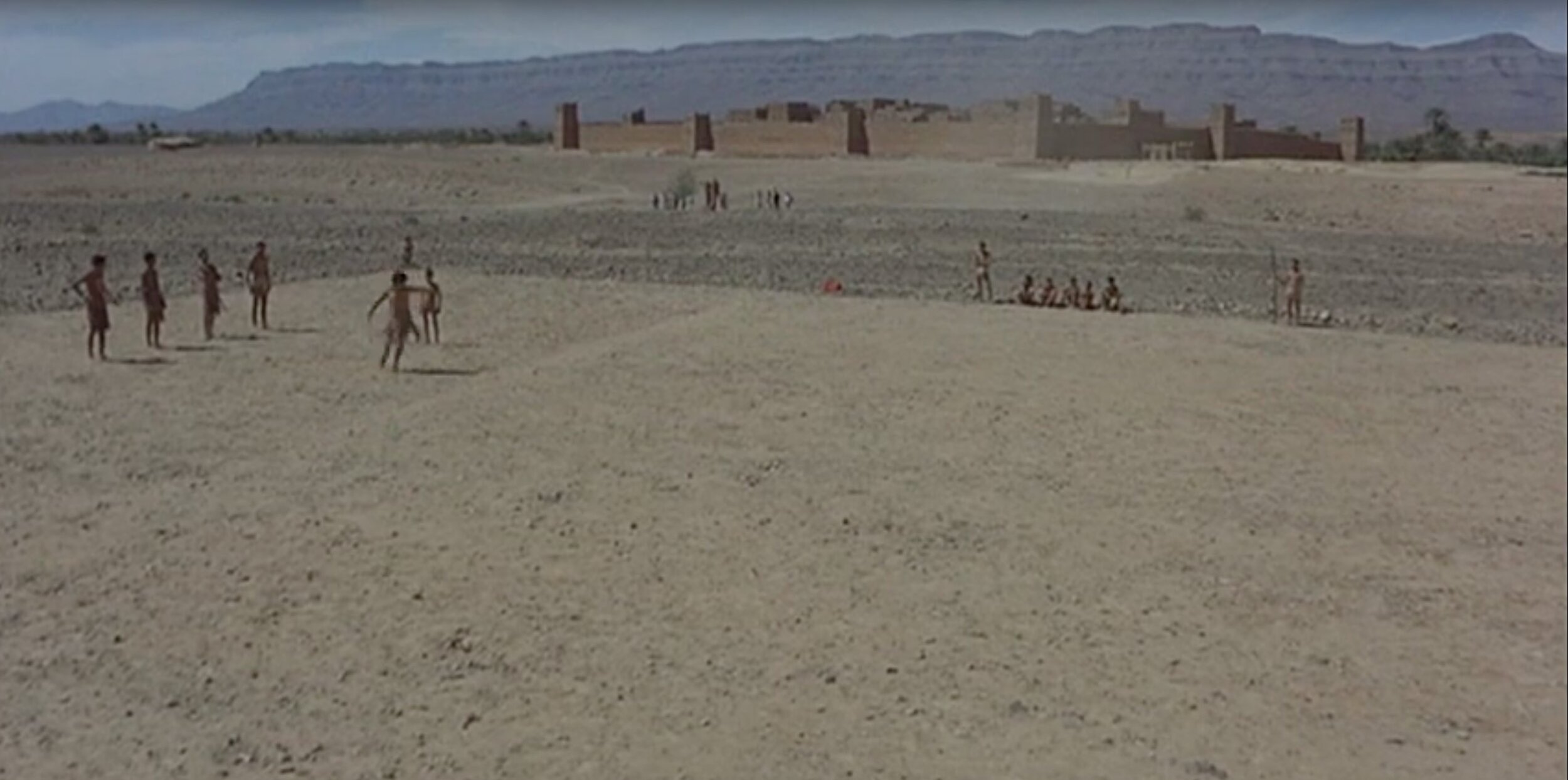
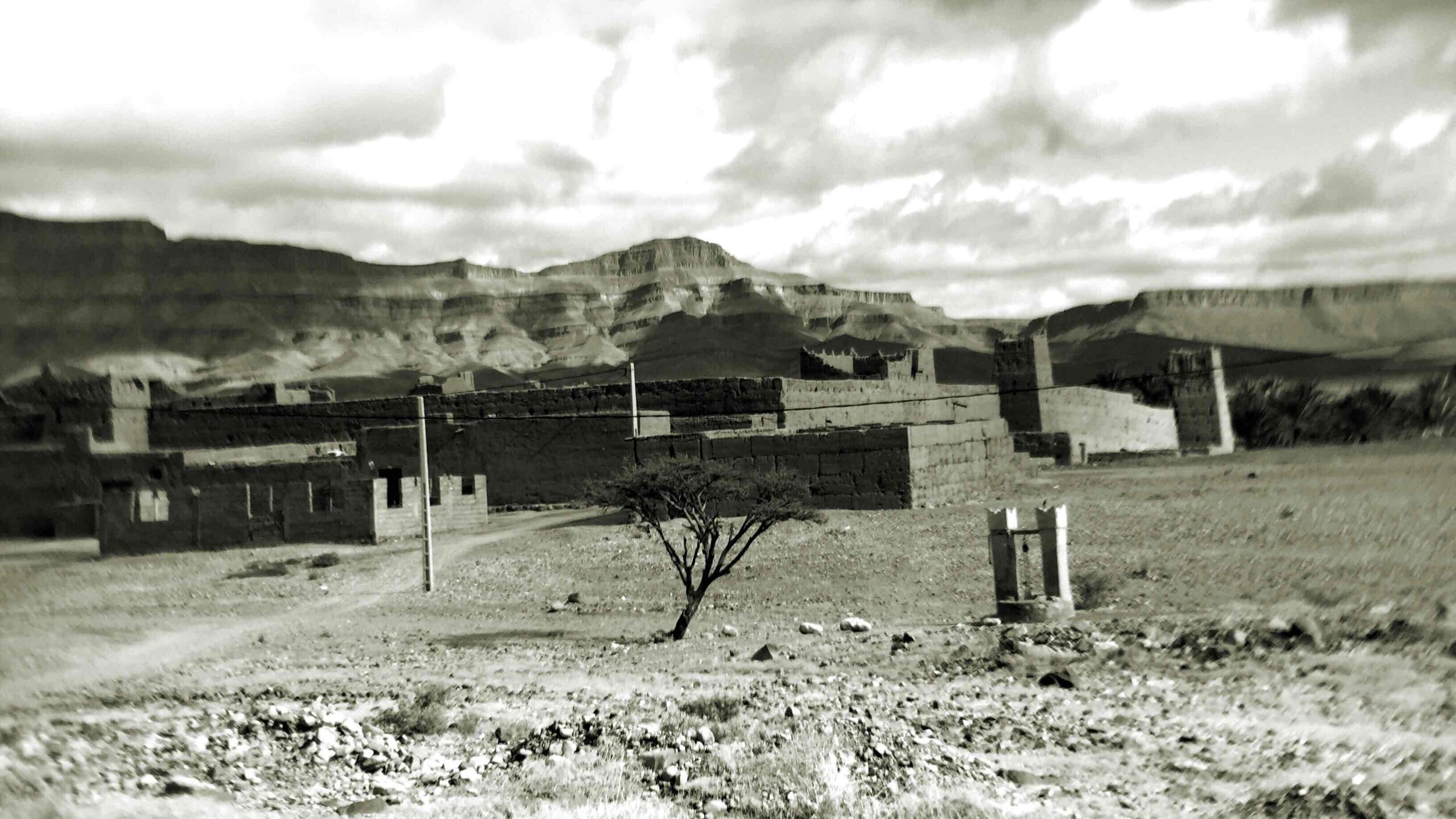

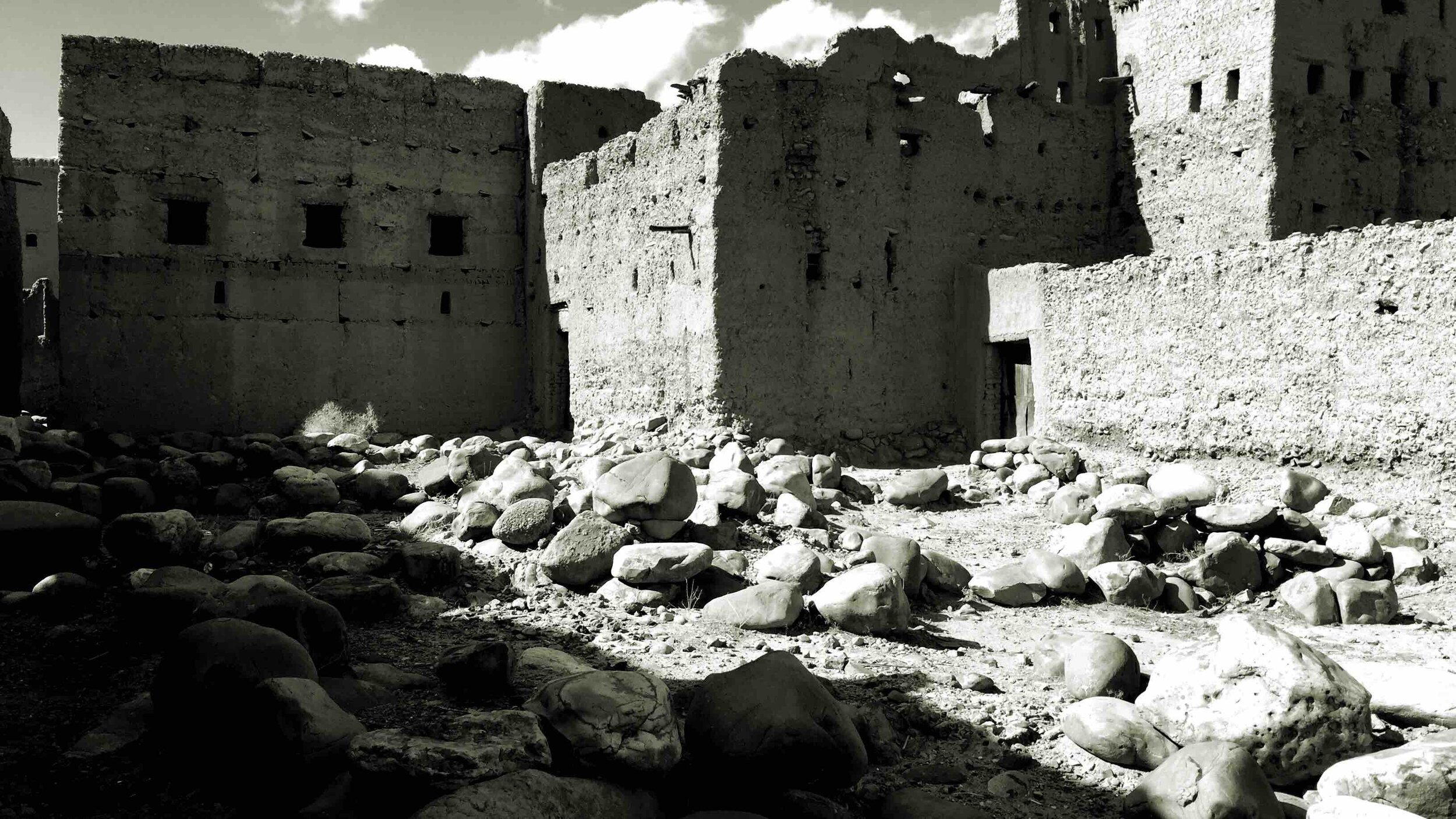
During the preparations of the film, I also had conversations with Oliver related to caravans, to the mountains the caravans should crossed to arrive from the desert to Marrakech or Fez, and also about spirituality (I hope Oliver will write one day his own inner travel, researching on Sufism in Morocco, Mauritania, Iran…). In 2017, during Beyond Qafila Thania, I had the opportunity to live the experience of crossing mountains with camels and it was really amazing.
LIFE WITHOUT DEATH
Another film I found on Internet in 2017, searching information on caravans, was LIFE WITHOUT DEATH by Frank Cole, where he shared his journey across the Sahara desert with two camels and occasional guides. It was quite impressive to understand how a Canadian citizen wanted to come to the desert, alone, knowing nothing about this environment and the cultures of the countries he was going to pass through.
Like in every caravan, the most important aspect was not the physical state, but the phycological one. When I did Qafila Oula in 2016, the main fear was to do not be able to finish the caravan because of my body, but it was my mind state that I should have been worried about. I have learnt that you must train or exercise the mind every time you live an experience such a caravan, I have friends that have need years to prepare themselves mentally to achieve this “challenge”, just to walk during 7-10 days, in the desert. I think the only way to get rid of all these fears is assuming our SUBMISSION to the desert, like Frank Cole did.
On the other hand, it is not just respect we must show for the desert, we must always be afraid of it. Of course the desert is dangerous, of course you can die, but the situations you could confront (snakes, spiders, scorpions, lack of water, getting lost…) are less usual than the dangers we face everyday in cities.
Frank Cole crossed the Sahara because he wanted to confront the death, which he could not elude the second time he attempted a new route through the south shore of the Sahara desert, because he was killed by thieves in the north of Mali. Some years later, a documentary filmmaker, Korbett Matthews, did THE MAN WHO CROSSED THE SAHARA, telling the story of Frank Cole. You can watch the documentary clicking on the picture.
Frank Cole had used a Bolex 16mm camera for filming his 11 months journey, so he did not need to be worried by batteries. This same issue I had to think of when I initiated Project Qafila in 2016, how to make a documentation without electronic equipments. Before buying a Bolex, I wanted to tried with a less expensive camera, a LOMOKINO.
In 2018, not without some technical problems, I used for the first time the Bolex 16mm, a camera Oliver had already talked me about because he used three of them for his very first film, Todos vós sodes capitáns.
What Frank Cole did, was my dream, to do the caravans routes across the Sahara desert, twenty years ago it was still possible (I have met people that used to go to Timbuktu by walk, like Mokhtar), not easy, not without risks, but today it would be a suicide. That’s the reason I tried, at least, to do the Moroccan routes, in the framework of Project Qafila, an open research platform on caravans where, among other things, we are collecting information on these routes, and sharing them on Internet.
Besides the adventure of crossing the Sahara by foot and the artistic and technical value of Frank Cole film, the role of DEATH in his film, made me think a lot about DEATH too. I have already expressed how dangerous a desert can be, it is a recurring conversation topic when I do caravans with friends that come for the first time. I know it is not easy to do not think about what could happen if someone is bitten by a snake, the only real animal that can kill you in this part of the desert, especially if you are far from a hospital, which is the case when you want to be completely out of the civilisation. Snakes are not going to attack you but they will defend themselves if you try to do something with them (during Qafila Thalitha we killed three, two horned vipers and a cobra), so the possibility of having an “accident” is real.
Maybe the presence of DEATH is more obvious in the desert, even if there is a greater chance of having a mortal accident in a city, but there it is, and you have to deal (and to walk) with. That takes me to another question, how could I deal with DEATH. Friends and relatives think what I do in the desert is dangerous because of the bad roads I usually drive on, the animals, the low density of population, the prejudices towards Muslim population… Most of these causes could be exaggerated, therefore, the feeling of danger is always relative but the existence of DEATH is certain and you must aware it will arrive, tomorrow or in 20-30 years, in the desert or in else where (of course I would rather prefer to die in a beautiful place like the desert rather than in a city).
Some years ago I decided to live doing what I wanted to do at every precise moment, without specifics schedules, without plans, not following social or professional rules, and always sharing experiences, because if tomorrow I’m no longer here, what is going to happen with all my projets, ideas, documents, pictures, videos…? Will they disappear with me too? I do believe it is better to share that knowledge while these experiences are happening, in my own way and with my own means, without the complexity of academic rules and procedures. We should do things in a simple way, SIMPLICITY should be the aim of what we do in our lives, following the teaching of the nomads I have encountered during the last 10 years, and SUBMISSION should be a way of not considering ourselves above others or above nature. The final question would be, how may we arrive to that SIMPLICITY and to that SUBMISSION? I do not know, maybe the act of walking (and living) in an environment like the desert (it could also be in the mountains) could answer that question, so let's keep walking.
Ceuta, December 6th 2019
ⓒ Carlos Perez Marin


